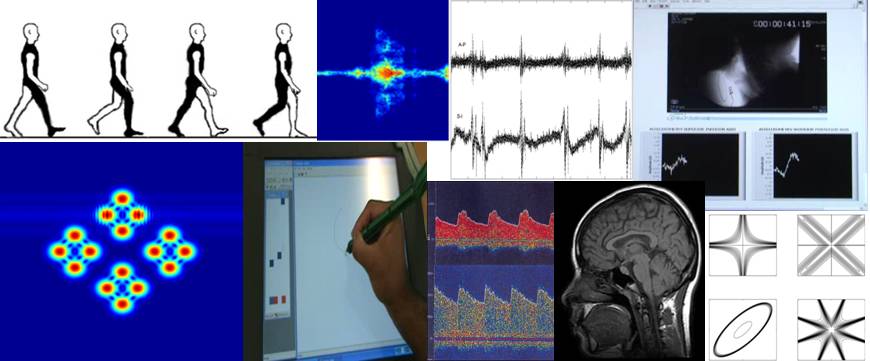Understanding the effects of pre-processing on extracted signal features from gait accelerometry signals
May 3, 2015
Gait accelerometry is an important approach for gait assessment. Previous contributions have adopted various pre-processing approaches for gait accelerometry signals, but none have thoroughly investigated the effects of such pre-processing operations on the obtained results. Therefore, this paper investigated the influence of pre-processing operations on signal features extracted from gait accelerometry signals. These signals were collected from 35 participants aged over 65 years: 14 of them were healthy controls (HC), 10 had Parkinson׳s disease (PD) and 11 had peripheral neuropathy (PN). The participants walked on a treadmill at preferred speed. Signal features in time, frequency and time–frequency domains were computed for both raw and pre-processed signals. The pre-processing stage consisted of applying tilt correction and denoising operations to acquired signals. We first examined the effects of these operations separately, followed by the investigation of their joint effects. Several important observations were made based on the obtained results. First, the denoising operation alone had almost no effects in comparison to the trends observed in the raw data. Second, the tilt correction affected the reported results to a certain degree, which could lead to a better discrimination between groups. Third, the combination of the two pre-processing operations yielded similar trends as the tilt correction alone. These results indicated that while gait accelerometry is a valuable approach for the gait assessment, one has to carefully adopt any pre-processing steps as they alter the observed findings.
This material is presented to ensure timely dissemination of scholarly and technical work. Copyright and all rights therein are retained by authors or by other copyright holders. All persons copying this information are expected to adhere to the terms and constraints invoked by each author’s copyright. In most cases, these works may not be reposted without the explicit permission of the copyright holder.



